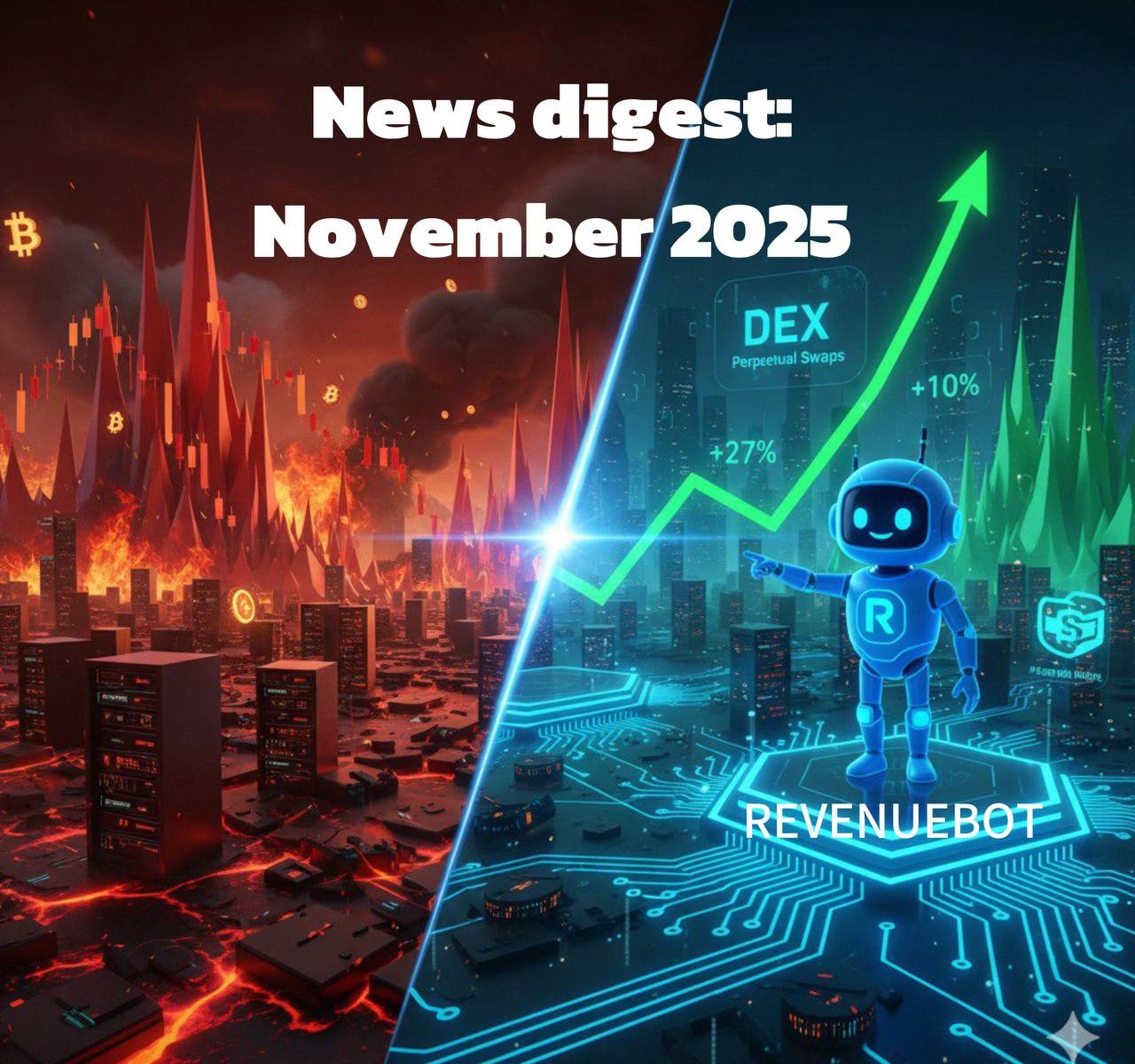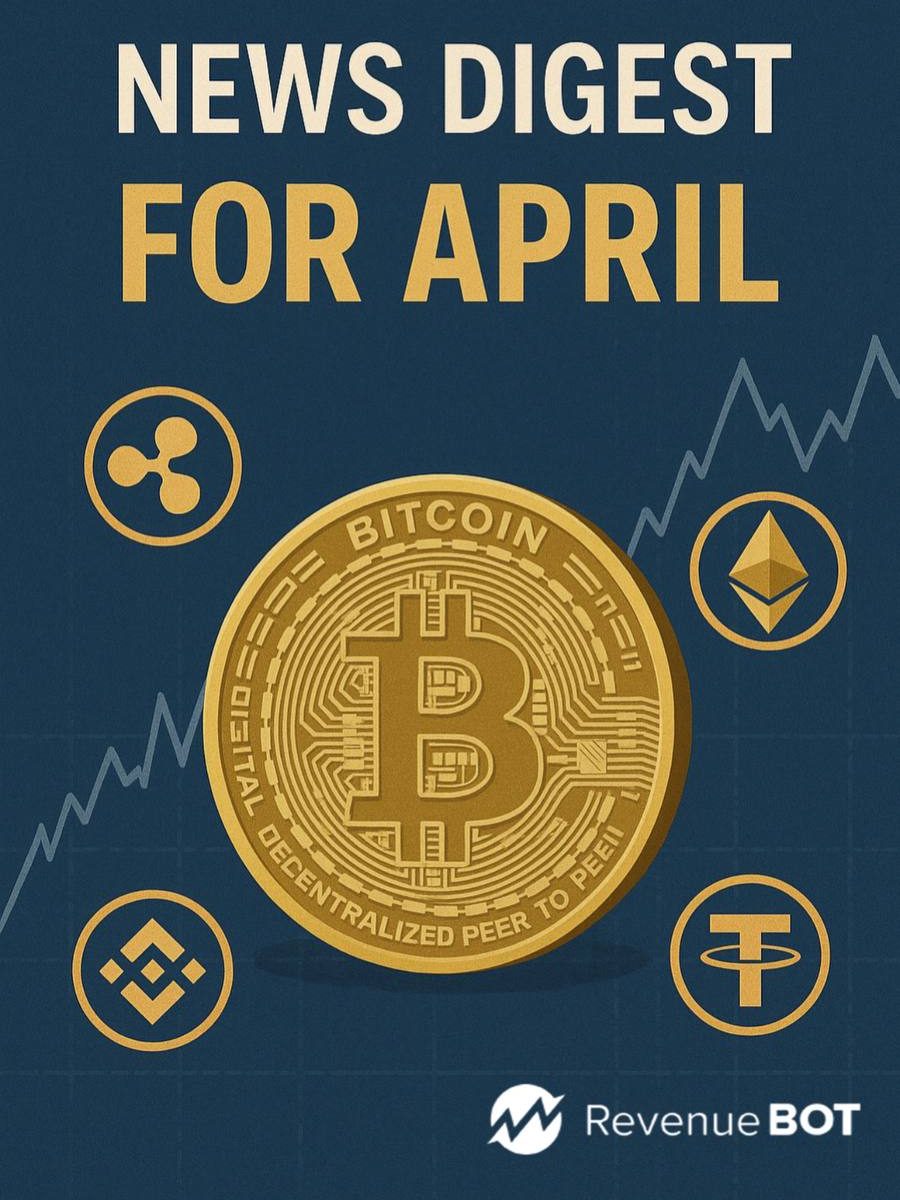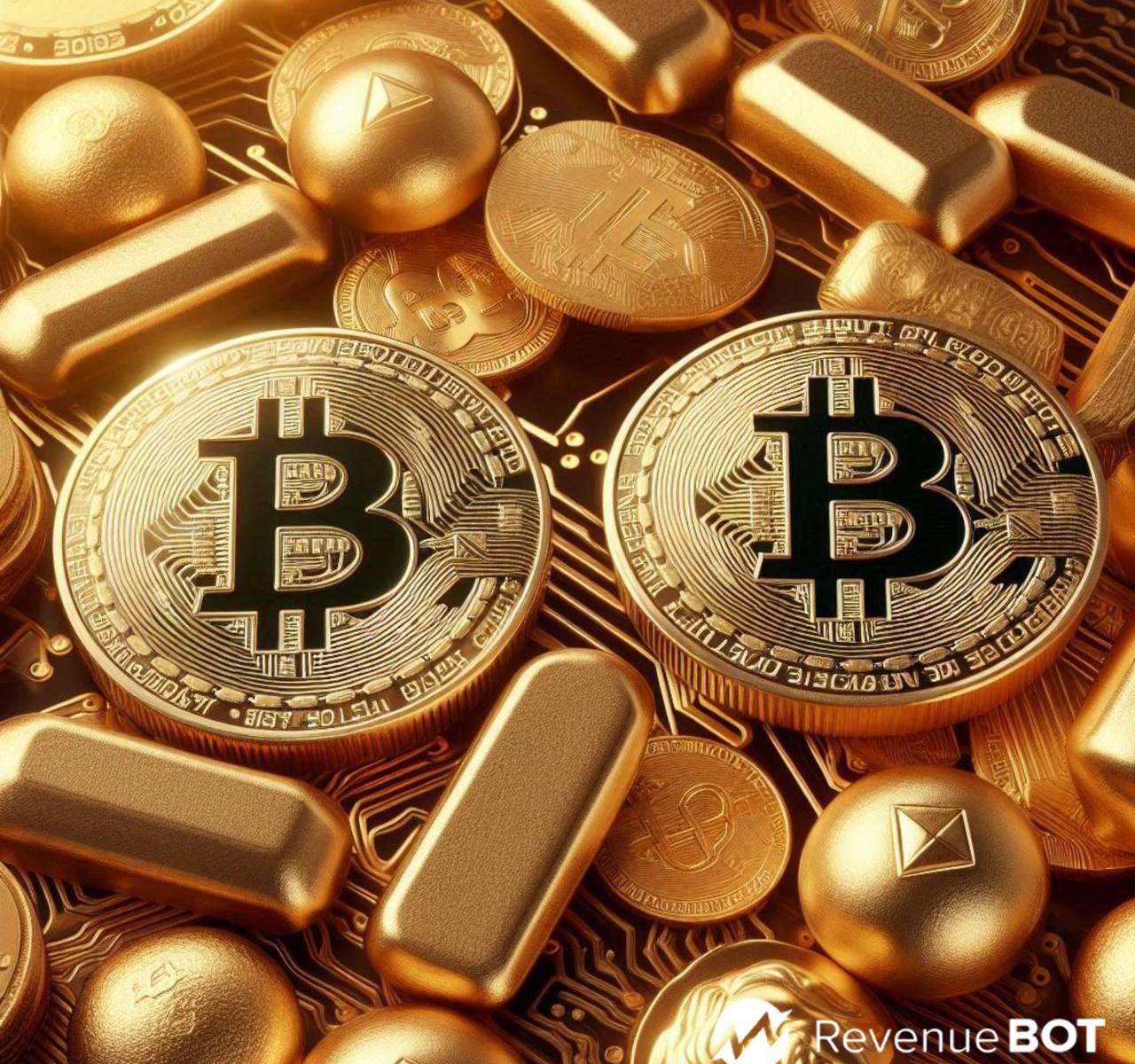November 2025 became one of the most volatile months for the crypto market this year. A sharp cooling of sentiment after the autumn highs, local surges in specific sectors, and growing interest in privacy assets created a contradictory yet dynamic picture of the month.
Continue reading “Results of November 2025 in the Crypto Market”










